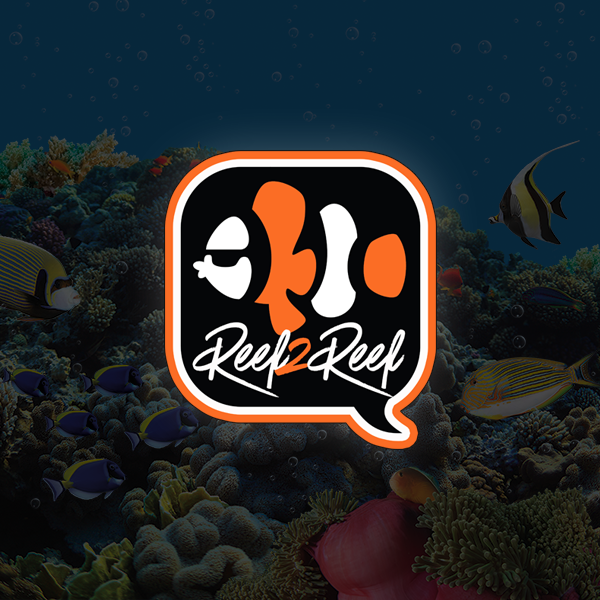So I'm experiencing an outbreak of what I believe to be ich in my DT. I suspect one of the fish was a carrier and the stress of a tank transfer caused an outbreak.
Given I'm going to be doing another tank transfer for all the fish soon (from my current loaner to a more permanent tank), I figure I may as well QT the fish and let the new tank run fallow for a while. However, I recognize that means QTing all my fish simultaneously, which consist of:
Squaretail bristletooth tang (~4")
3 lyretail anthias
4 vanderbilt chromis
Mandarin dragonet
Midas blenny
Royal gramma
Yellow watchman goby
Melanurus wrasse
However, I'm still a novice at (and actively reading up on) QT. What tank size would be suitable for them, or would I need multiple tanks?
Were those all in your RedSea 250? That is a lot of mid water swimmers.
You are going to need to be very careful QTing that many fish especially known sick ones. That is pretty high density for your DT let alone a smaller QT tank. Putting them all into a even smaller tank medicated will hurt their immunity and increase their stress hormones. Pretty risky proposition for your first real attempt at this. The Anthias and Mandarin feeding well on prepared foods? That is another issue.
Personally, I would either reach out for some help from a LFS or other hobbiest to divide the group and not put them all in one basket ,on your first attempt especially. Give the most difficult fish to who ever has the most experience.
If I was going to attempt this all myself, I think I would tank transfer the fish in small groups using buckets, etc into a stock tank (you have one from the seam failure) starting with the fish that need immediate attention - FW dip on transfers. If a fish starts to decline, separate from group. This will divide the fish lowering stress between them and keeping them from making each other more sick. The fish obviously all had Ick or whatever already (so they have high immunity) and the stress of your seam failure made the disease present. I would want to preserve that immunity using tank transfers (not copper) and giving the fish some chill time to heal. Keep all the buckets separated from each other, especially if using air pumps. Ick can defiantly aerosol and jump into an adjacent tank. They recommend a 10' separation. That is probably conservative, especially if you don't use air pumps, don't have fans blowing air around and use lids. Your work experience should get you to a reasonable separation for your place/conditions and tell you how many buckets you can handle. With enough buckets and space you can have them all moving in parallel.
If you want some more detail on that approach I can elaborate. Understand if you are in a 1 bedroom apartment, that would be a waste of time and not work for you.
If space is a premium, get the biggest free tank you can find on CL, put it on the floor and start moving the fish with a FW dip in between and start treating them - would recommend Copper Power at 2.5 ppm, starting at half that concentration and raising over a few days. Look for signs of other disease while you are at it and know you are going to have a group of immune depressed fish to take care of.
Also, if you raise the DT temp to 80.6 degrees you can drop the fallow time to 45 days. The higher the temps, the quicker the life cycles.





